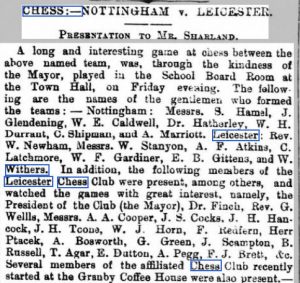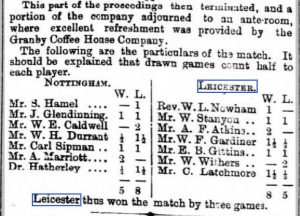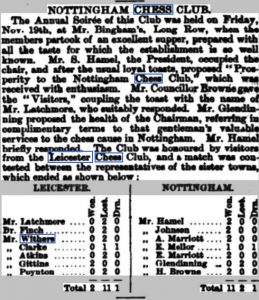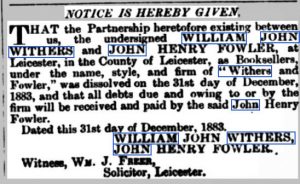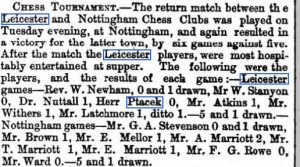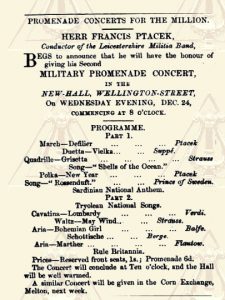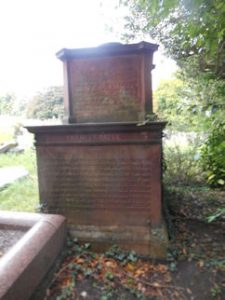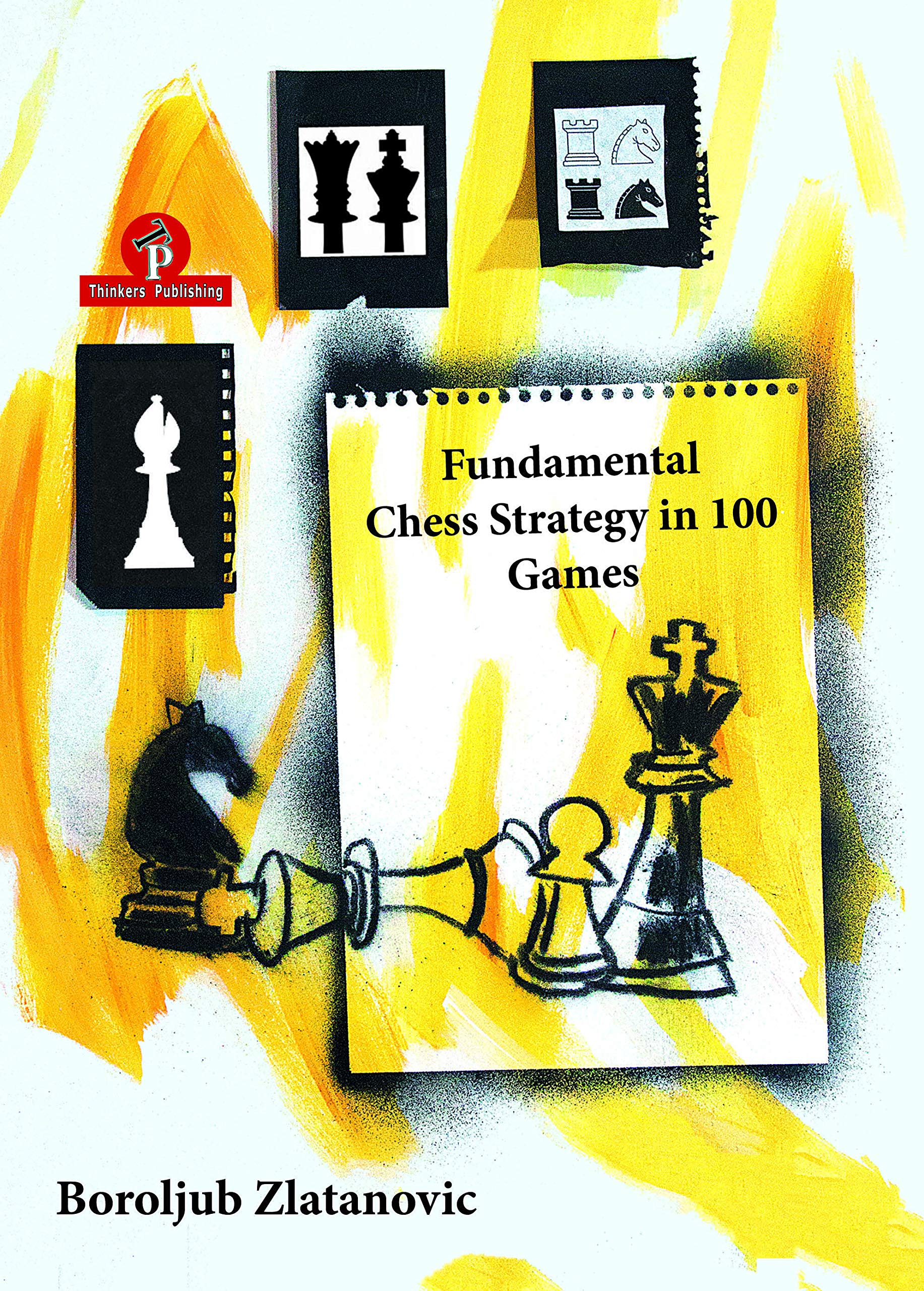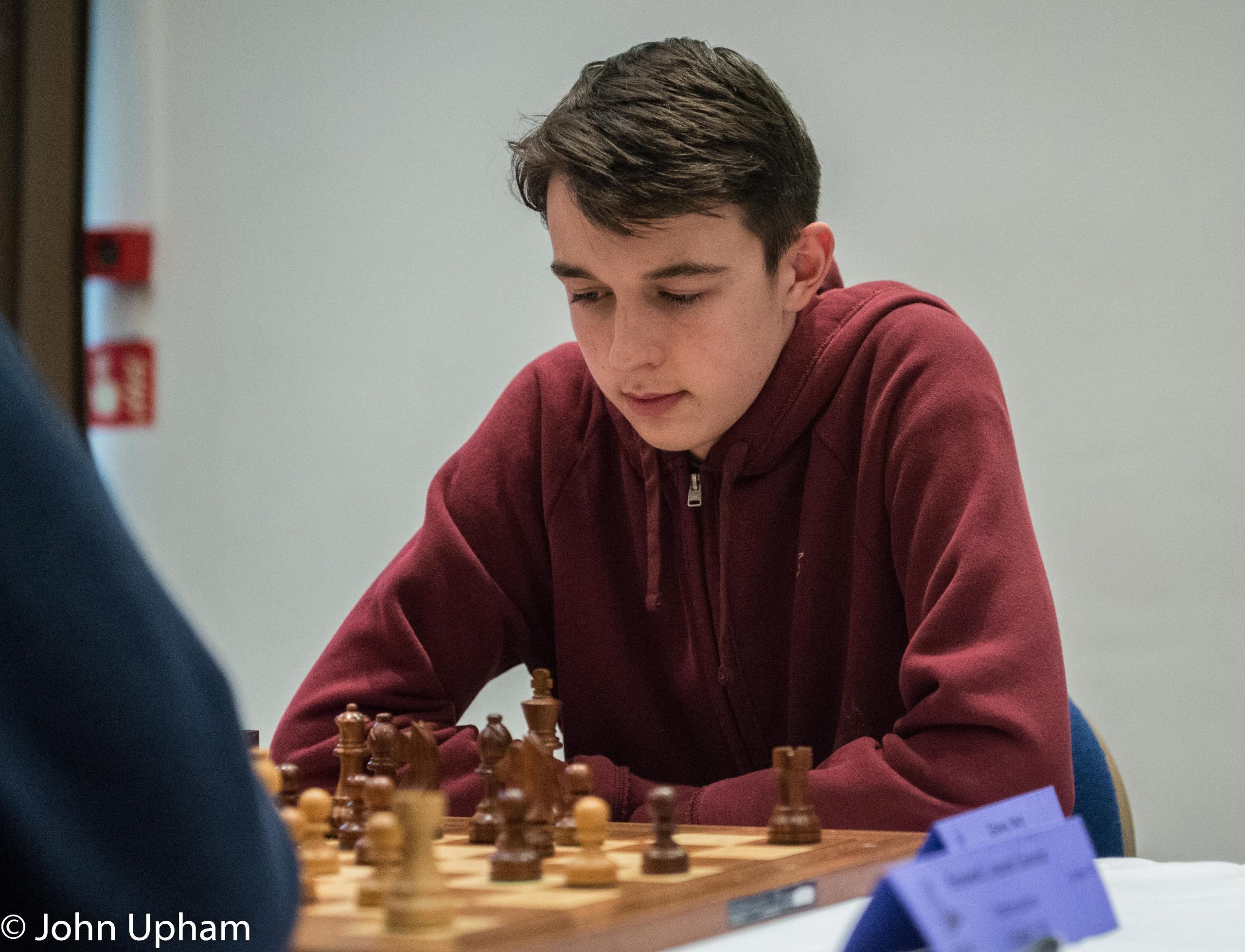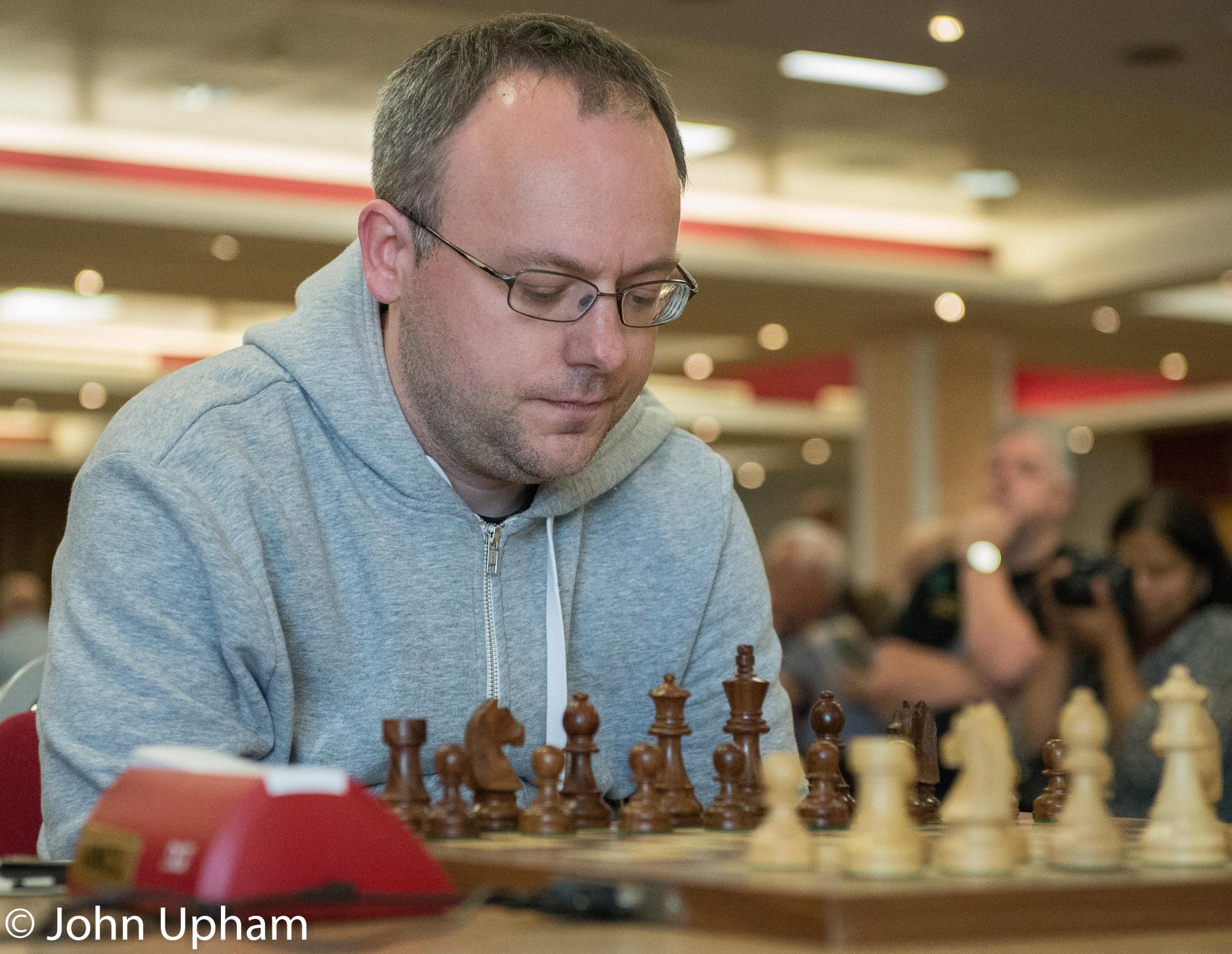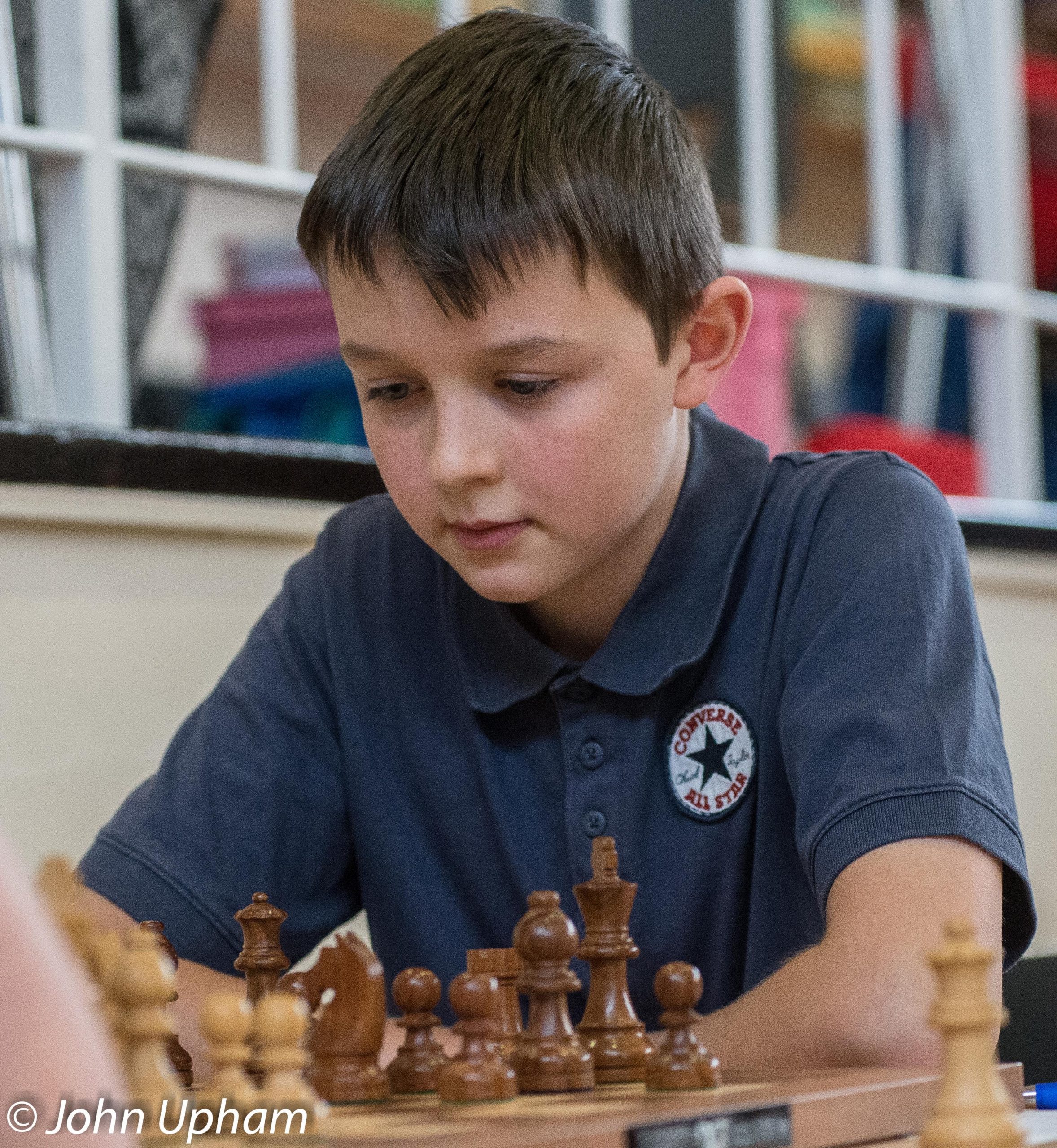John Upham recently chanced upon a 1947 game in which an otherwise unknown English player, C Bridle, defeated former World Championship challenger Bogoljubov in a 1947 tournament in Flensburg, Germany.
I’d come across the game myself many years ago, in Fred Reinfeld’s 1950 anthology A Treasury of British Chess Masterpieces, and wondered about C Bridle, a name I hadn’t encountered elsewhere. At some point, perhaps from a magazine article somewhere, I’d seen his first name given as Cliff. A few years ago, now with access to online genealogy records and newspaper archives, I decided to do some research.
We all know who Efim Bogoljubov (1889-1952) was, though. He’s in so many inter-war tournament photographs: the corpulent, beer-swilling figure in the front row, genial and self-confident. “When I’m white I win because I’m white”, he said, “when I’m black I win because I’m Bogoljubov.” It’s easy to forget that, throughout the 1920s and early 1930s he was one of the world’s strongest players, although no match for the mighty Alekhine in two world championship matches. Even in the final years of his career, after World War 2, he was still a formidable opponent. So how come he lost to an otherwise unknown adversary?
It’s well worth looking at the game. I also asked my silicon chum Stockfish 14 to comment on Reinfeld’s annotations. Needless to say, he(?) wasn’t impressed. Stocky v Freddy: let battle commence.
1. d4 e6
2. c4 f5
Stocky, who, sadly for me as a long standing devotee of that opening, doesn’t think much of the Dutch Defence, would aware this a ?!.
3. Nf3 Nf6
4. g3 b6?!
A ? from Freddy, another ?! from Stocky.
5. Bg2 Bb7
6. O-O Be7
7. Nc3
Stocky suggests that White can, and should, play the immediate d5 here: 7. d5! exd5 8. Nd4 g6 9. cxd5 Bxd5 (9… Nxd5 10. Bh6) 10. Bxd5 Nxd5 11. Nxf5)
7… Ne4
8. d5 Nxc3
9. bxc3
Freddy correctly opines that Black has chosen a bad opening, but adds that the fianchetto of the queen’s bishop is generally avoid because of the possibility of d5. A strange comment, as the Queen’s Indian Defence is, and was back in 1950, perfectly respectable. The idea of d5 in this sort of position would, I think, have been considered fairly advanced knowledge at the time. I guess the ever optimistic Bogo was gambling on his inexperienced opponent not knowing this. If White just plays developing moves, it’s very easy for Black to play move like Ne4, g5, g4, Qh4 and get an automatic attack.
9… O-O
10. Nd4
Threatening d6 as well as dxe6.
10… Qc8?
Freddy and Stocky agree that this deserves a question mark. Freddy suggests that Black should play 10… e5 when White should retreat his knight with advantage because of the poorly placed bishop on b7. Stocky continues this with 11. Nb3 d6 12. c5 (a thematic tactic: 12… bxc5 13. Nxc5 dxc5 14. Qb3 regaining the piece) 12… a5 13. c6 Bc8 with only a slight advantage for White. He also thinks Black could consider the pawn sacrifice 10… Bd6 11. dxe6 Bxg2 12. Kxg2 Qe7 13. exd7 Nxd7 with some compensation.
11. e4 c5
12. Ne2 Bf6
13. Qd3 Na6
14. exf5 exf5
15. g4!?
Freddy gives this a shriek mark: ‘instinctive and strong’. Stocky is not so convinced, meeting it with 15… Nb4! to drive the queen away. White might then consider the exchange sacrifice 16. cxb4!? Bxa1 17. Bf4 Bb2 18. Rb1 Bf6 19. g5 Be7 20. Ng3 d6. He thinks White could have maintained a winning advantage by playing a move like Bf4 or h4 rather than trying to force the issue.
15… fxg4
16. Be4 g6
17. Ng3!?
Freddy claims 17. Bxg6 is premature. Again, Stocky begs to differ, analysing 17. Bxg6! hxg6 18. Qxg6+ Bg7 19. Bh6 Rf7 20. Ng3 Qf8 21. Nh5 Rf6 22. Qxg7+ Qxg7 23. Bxg7 Rf3 24. Rae1 Rh3 25. Re5 Rxh5 26. Rxh5 Kxg7 27. f3 with a winning advantage because Black’s queen side pieces are still out of play)
17… Kg7?
No comment from Freddy, but a question mark from Stocky, who thinks Qe8 was Black’s only defence.
18. Bf4 Nc7
19. Rae1 Ne8
20. Nh5+!!
Double shriek mark from Freddy. This time Stocky agrees. Stocky is happy with Freddy’s analysis of 20… gxh5 21. Bh6+!!, but points out that the more prosaic 21. Bxh7! is equally good. Some variations:
20… gxh5 21. Bxh7 (21. Bh6+ Kxh6 22. Bxh7 Kg5 (22… Kg7 23. Qg6+ Kh8 24. Bg8) (22… Rg8 23. Bxg8 Nd6 24. Qh7+ Kg5 25. h4+ Kxh4 26. Kg2 Kg5 27. f4+ gxf3+ 28. Kxf3 Qxg8 29. Rg1+ Kh4 30. Rh1+ Kg5 31. Rxh5#) 23. f4+ gxf3 24. Qg6+ Kh4 (24… Kf4 25. Qg3#) 25. Qg3#) 21… Kh8 22. Qg6 d6 23. Qxh5 Qc7 24. Bf5+ Kg8 25. Bh6 Ng7 26. Qg6
20… Kf7
21. Nxf6 Nxf6
22. Bd6 Re8
23. f4?
Stocky tells me this throws away most of White’s advantage: he should be opening the position rather than closing it, so 23. f3 was called for, when Black has nothing better than g3 in reply.
23… Nxe4
24. Rxe4 Rxe4
25. Qxe4 Qe8
26. Qd3 Qg8?
Moving the queen off the critical e-file. 26… Kg8 was the most tenacious defence, but Freddy didn’t notice.
27. f5 g5
28. f6?!
Pushing the passed pawn too soon, giving the black queen access to g6. White has two winning ideas here, according to Stocky. He wants to capture on g4 before Black has time to start counterplay with h5. Perhaps the simpler option is:
28. Qe4! Qe8 (28… Re8 29. Qxg4 and Black’s kingside will soon collapse) 29. Be5 Rd8 (now the e-file is sealed White can continue in similar fashion to the game) 30. f6 Qg8 31. Bd6 Re8 32. Qe7+ Rxe7 33. fxe7+ Kg6 34. Rf8 and wins.
The second path to victory is:
28. Qg3! h5 (28… Ba6 29. Qxg4 Re8 30. Qh5+ Kf6 31. h4 Bxc4 32. Qh6+ Kf7 33. hxg5) when White has the spectacularly beautiful 29. Be7!! with elements of both interference (on the e-file) and clearance (on the diagonal). Play might continue 29… Kxe7 (29… Re8 30. Qd6 Rxe7 31. f6 Re3 32. Qxd7+ Kg6 33. f7 Qf8 34. Qf5+ Kh6 35. Qf6+ Kh7 36. Qxg5 Rf3 37. Qxh5+ Qh6 38. Qxh6+ Kxh6 39. Rxf3 gxf3 40. f8=Q+) 30. Qc7 Ba6 (30… Qf7 31. f6+ Kf8 32. Rf5 Re8 33. Qd6+ Kg8 34. Rxg5+ Kh8 35. Rg7 Qf8 36. Qf4) (30… Bc8 31. Re1+ Kf7 32. Qd6 Qg7 33. Re7+ Kf8 34. Rxg7+ Kxg7 35. Qe7+ Kh6 36. Qf7 h4 37. Qg6#) 31. Re1+ Kf8 32. Qd6+ Kg7 33. Re7+
28… Qg6??
A Bogo booboo, missing Cliff’s 30th move. Instead, he could have equalised by occupying the e-file first. After 28… Re8, with Qg6 to follow, everything, according to Stocky, is about equal. (28… Re8 29. Qf5 (29. Be7 Qg6 30. Qg3) 29… Bc8 30. Qxg4 Qg6)
But Freddy was asleep and let both players’ 28th moves pass without comment.
29. Qe3 Re8
30. Qe7+! Rxe7
31. fxe7+ Kg7
32. Be5+ Kh6
33. Rf6 1-0
‘A very attractive game’, according to Freddy. An interesting but inaccurate game according to Stocky. You might, I suppose, see it as a classic example of bishops of opposite colours favouring the attacker in the middlegame, and note that Black’s queenside pieces were offside.
You should also look at some of the tactics, especially 29. Be7!! in the note to White’s 28th move.
It’s still mightily impressive for an unknown amateur to beat a top grandmaster with a brilliant queen sacrifice.
Congratulations, Cliff!
But who was Mr Bridle, anyway, and what was he doing in Flensburg? Perhaps he was just enjoying a summer holiday. It seems that Cliff spent most of his life in the shadows. Let’s have a look and see what we can find out.
Clifford Bridle was born in Weymouth, Dorset on 11 February 1914. His father was George Bridle, originally from Wareham, who had divorced his first wife in 1910 and married Susan Jane Smith in 1912. Cliff had an older sister, Greta, and two younger brothers, Jack and Victor, as well as a half sister, Sarah Bessie. The 1911 census reveals that George was a house decorator. Not the sort of comfortable upper middle-class background you’d expect from a strong chess player, but the world was changing. Before World War 1, chess had been, at least at higher levels, very much associated with the comfortably off, but in the inter-war years the game was broadening its demographics, and players from working class backgrounds could sometimes be found playing at higher levels.
We pick Cliff up for the first time as a chess player in 1932, where he was playing correspondence chess for his home county. He also started playing over the board, and, in April 1933, the Western Morning News pointed out that he’d won every game he played for Dorset, while lamenting the lack of an inter-club competition in his county. There was an individual county championship, though, and Cliff, one of the young ones, reached the final, where he lost to Swanage schoolmaster Bennett William Wood. The Western Gazette (23 June 1933) reported that “Mr. Bridle, who is only 18 years of age, is to be congratulated on the excellent fight he made for the championship. Congratulations again, Cliff. In those days the county champion got to play top board the following season, so Cliff didn’t quite make Number One.
He continued to play county chess, usually on about board 9 or 10, throughout the 1930s. The 1939 Register found him, a bachelor boy, living with his mother and brothers at 13 Milton Road, Weymouth. He was following in his father’s footsteps, working, like his brother Jack, as a house decorator and glazier, while young Victor seemed to be moving up in the world, having found clerical work with an estate agent. Cliff’s date of birth is given incorrectly as 11 July 1914. And then the trail goes dead, until 1947, when he turned up in Flensburg.
Here’s Wikipedia on Flensburg:
Flensburg is an independent town in the north of the German state of Schleswig-Holstein. Flensburg is the centre of the region of Southern Schleswig. After Kiel and Lübeck, it is the third largest town in Schleswig-Holstein.
In May 1945, Flensburg was the seat of the last government of Nazi Germany, the so-called Flensburg government led by Karl Dönitz, which was in power from 1 May, the announcement of Hitler’s death, for one week, until German armies surrendered and the town was occupied by Allied troops. The regime was effectively dissolved on 23 May when the British Army arrested Dönitz and his ministers – the dissolution was formalized by the Berlin Declaration which was progmulated on 5 June.
The nearest larger towns are Kiel (86 kilometres (53 miles) south) and Odense in Denmark (92 km (57 mi) northeast). Flensburg’s city centre lies about 7 km (4 mi) from the Danish border.
The 3rd Royal Tank Regiment was based there on behalf of the British Army of the Rhine (BAOR) between 1945 and 1948, and CHESS, reporting the tournament, described Bridle as being of the BAOR. I can find nothing in online Forces records, so perhaps he was working for them in a civilian capacity. Maybe they needed a glazier to replace the broken windows. Not a summer holiday for Cliff, then.
The tournament was led by three prominent masters, while locally based players finished lower down. The final scores, according to BCM, were: Bogoljubov, 8.5; Enevoldsen (Copenhagen) and F. Sämisch 8; Nürnberg (Augsburg), 7; Sepp (Estonia), 5.5; H. Gomoluch (Flensburg), 5; Clausen (Denmark), 4; P. Gomoluch (Flensburg), 3.5; C. Bridle (England) and Kornbeck (Denmark), 2.5; Borgaa (Denmark), 0.5.
Cliff Bridle was 33 at the time, no longer a young one, so hardly, at least by today’s standards, the ‘youthful unknown’ described by Reinfeld. His win against Bogo attracted some attention and was published by ME Goldstein in the Chess Review, Sydney. This was in turn picked up by the Hastings and St Leonards Observer, who copied it on 28 August 1948.
Did he take up tournament chess on returning to England? Seemingly not very much. However, he ended up not all that far from my part of the world.
In 1954, the BCF published its second national grading list, and there, in category 4b, which would later become 185-192, or about 2100 in today’s money, is C Bridle of Wimbledon. So he must have been playing some competitive chess in the early 1950s. No sign of him in 1955, though.
In 1964 he suddenly appeared on the electoral roll, living, apparently on his own, at 147 Worple Road, Wimbledon, a road I know very well. It runs parallel with the railway line between Raynes Park and Wimbledon, therefore taking me to Wimbledon Chess Club for Thames Valley League matches. Was he still a bachelor boy? Perhaps not, in 1965, the last year for which London electoral rolls are currently available online, he’s been joined by Karen Bridle. Who was Karen? His wife? His daughter? Karen, originally a Danish name, only became popular in the English speaking world in the 1940s. I can’t find a marriage record for Cliff or a birth record for Karen, so, as we know he spent time in Flensburg, near the Danish-German border, perhaps he married there. I found an online tree with a Karen Bridle from Wimbledon, born in 1925, who married John Anthony Williams, who died at sea in 1970. The same person? No idea.
There’s one further record. The Middlesex County Times, which often reported Ealing Chess Club’s results, is available online. In 1968 Cliff Bridle was playing on board 3 for Wimbledon against Ealing in a Thames Valley League match (he won with the white pieces against E (Francis Edwin) Weninger), so he was still occasionally active into his mid 50s.
At some point he returned to his native Dorset, dying there in February 2001 at the age of 87.
Here, again, is the game on which his fame rests.
Update (27 Aug 21)
Thanks to everyone for their interest in this article.
Particular thanks to Jon D’Souza-Eva, who has discovered that Cliff Bridle’s wife seems to have been Katharina Cäcilia Martha Lauer, born 2 January 1927, died 6 April 1989: her address was given as Flat 1, Steeple Court, 36, St Marys Road, SW19, just round the corner from the All England Lawn Tennis Club. I presume she was born in Germany and married Cliff somewhere in the Flensburg area round about 1947. They later divorced and in 1970 she married John Anthony Williams, also a divorcee, who had been born in Ludlow in 1921. Sadly, John died on 6 August 1972: his probate record shows his address was also Steeple Court. (An online tree incorrectly gives his death year as 1970, not 1972, and claims he had died at sea, off the coast of Somerset, while working.)
Particular thanks also to Brian Denman, who has contributed another Cliff Bridle game.
Source: Sussex Daily News (21 Apr 1955), which gives neither the date nor the occasion.
In this game, Cliff is hardly recognisable as the same player who beat Bogo, is he? A pretty poor effort. Black could even have won a pawn with the Stock Tactic 5… Nxd5 with Bg7 to follow if White captures either way. I guess we all have bad days.
Bruce Hayden, or, if you prefer, Hendry Ellenband, was himself an interesting character, who, because of his local connections, might be worth a future Minor Piece.

